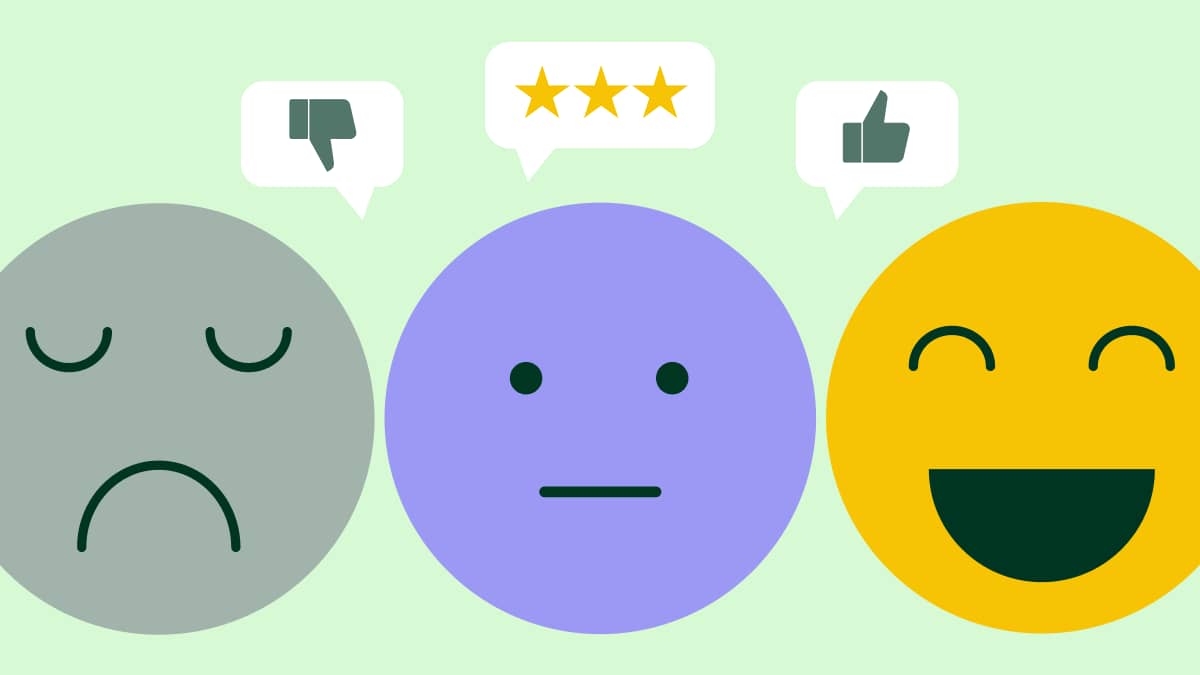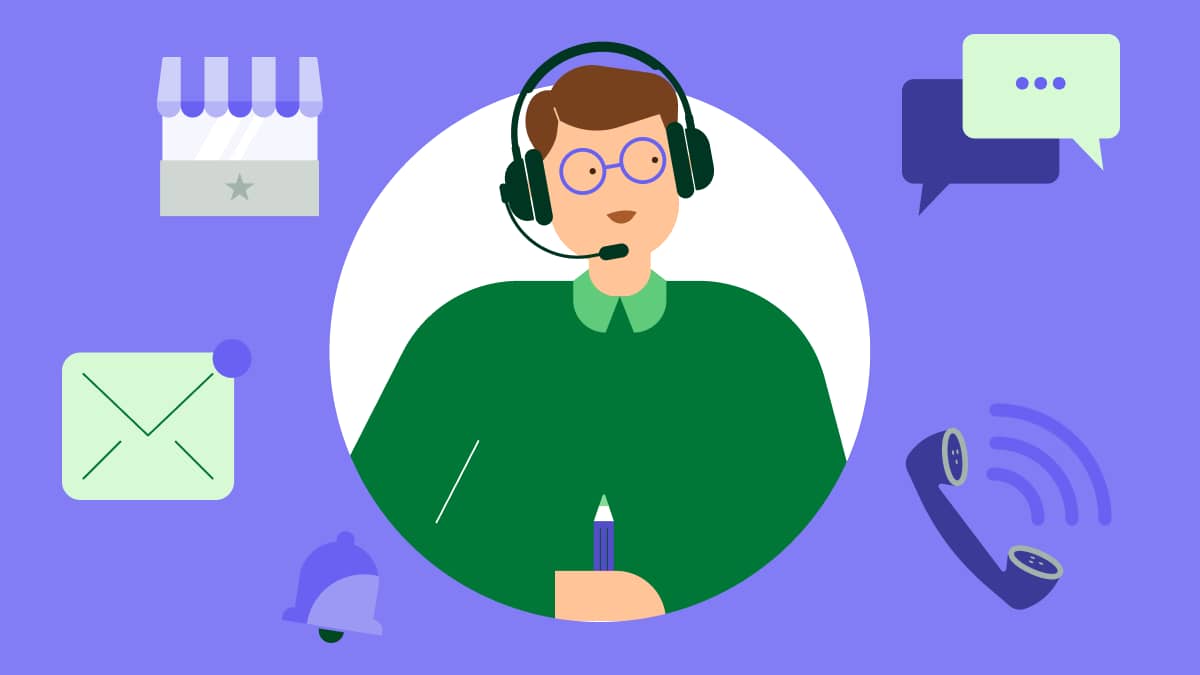If you’re seeing fewer repeat purchases, declining customer lifetime value or lower retention rates, it might be time to improve customer satisfaction.
When customers feel valued, heard and well-served, they come back, spend more and become powerful brand advocates. Improving their satisfaction doesn’t just improve the customer experience – it drives real business growth.
In this article, you’ll learn what customer satisfaction means and why it matters to small business owners. We’ll also cover how you can measure satisfaction and seven proven strategies you can use to create happy customers.
Customer satisfaction definition: what is customer satisfaction?
Customer satisfaction (or CSAT) measures how happy customers are with your business.
High customer satisfaction levels indicate that you exceed customer expectations. Low satisfaction levels suggest that you aren’t fulfilling customer needs.
You can measure customer satisfaction in several ways, including:
Customer surveys and feedback forms
For small businesses, maintaining high levels of satisfaction is key to acquiring loyal customers and increasing profitability.
The table below shows the different forms of high and low customer satisfaction scores:
High customer satisfaction | Low customer satisfaction |
|
|
Now you know how you would define customer satisfaction, learn why it’s so crucial for these business owners.
Why customer satisfaction matters
Brands can differentiate themselves in today’s market by delivering exceptional customer experiences. For small and medium businesses (SMBs), keeping existing customers happy is even more critical for the following reasons:
Win repeat business. Satisfied customers are more likely to return. Recurring revenue increases customer lifetime value and means small businesses have to spend less on client acquisition.
Achieve word of mouth marketing. Most customers (85%) are likely to recommend companies that deliver five-star customer experiences. Small businesses often rely on word-of-mouth marketing if they don’t have the budget for national advertising campaigns.
Improve online reviews. Happy customers are 71% more likely to leave a review, which can be crucial for a small business’s marketing efforts. Reviews are a key ranking factor in local SEO, an essential small business lead generation tool.
Differentiate your brand from larger competitors. Small businesses may not be able to compete on price or speed of delivery, but they can offer a superior customer experience.
Now more than ever, SMBs have a real opportunity to stand out. Research shows that customer experience quality among US brands is at an all-time low after declining for a third year in a row. Forrester’s customer experience index rankings for 2024 show an average US score of 69.3 out of 100 – the biggest drop on record.
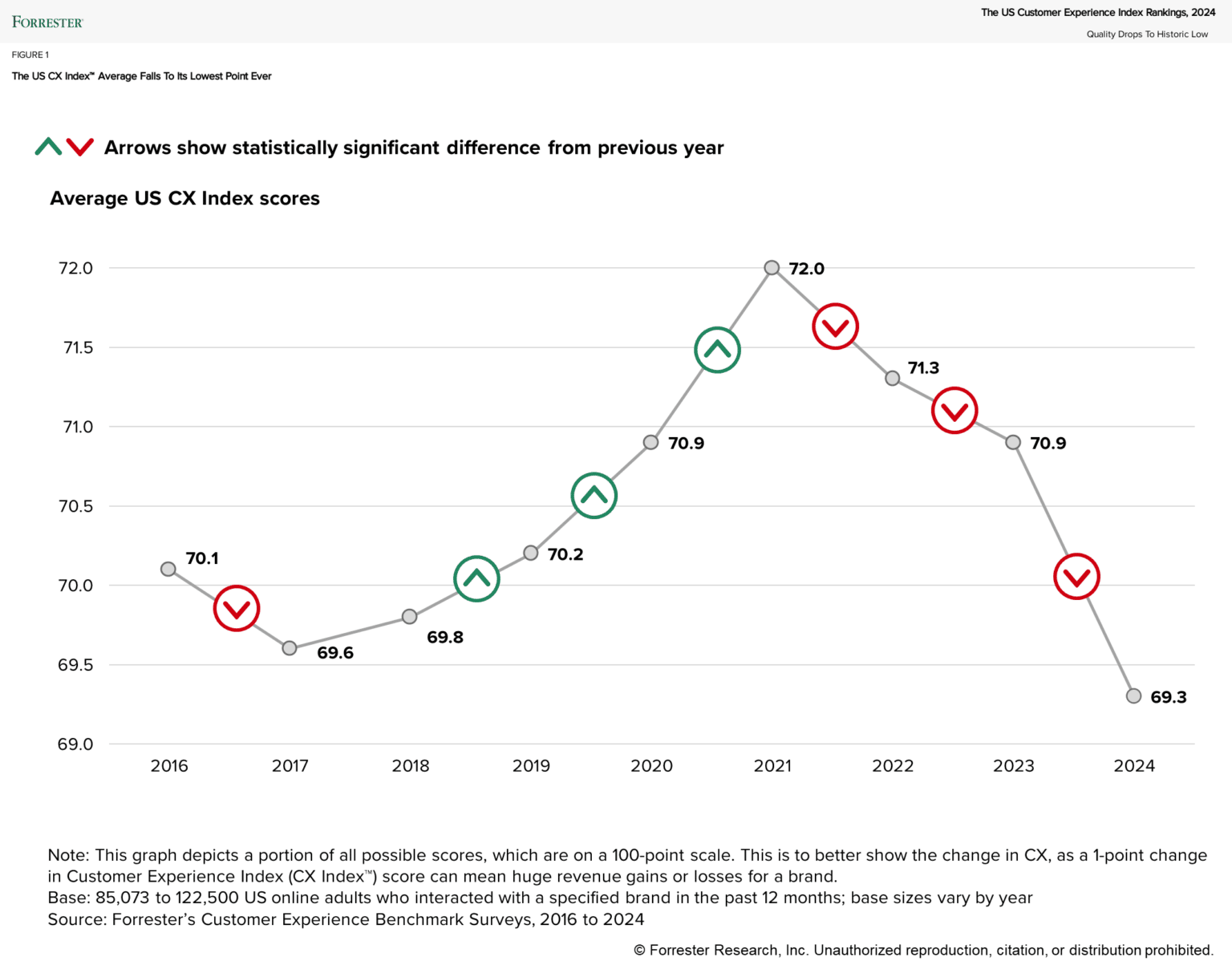
Worse still, bad customer experiences could cost organizations around the world $3.7 trillion every year. That’s a risk most small businesses can’t afford.
Just because other companies struggle to delight customers doesn’t mean yours should settle for subpar customer experiences. There’s room to better meet market needs and stay top of mind in the process.
To improve your customer satisfaction levels, you need to understand customer sentiment. Below, you’ll learn six ways to measure customer satisfaction and grow loyalty.
How to measure customer satisfaction
Measuring customer satisfaction levels highlights how happy customers are, what’s working and how you can make improvements. It creates a continuous feedback loop you can use to boost the customer experience over time.
Here are the most common methods and how they work, as well as how you can implement them:
Customer satisfaction (CSAT) score |
Tip: Conduct post-interaction surveys with a tool like Nicereply. |
Net promoter score (NPS) |
Tip: Survey customers on a zero to 10 scale with software such as SmileBack. |
Customer effort score (CES) |
Tip: Assess customers with SurveySparrow or a similar tool. |
Customer satisfaction index |
Tip: Use a platform like Questback that aggregates survey responses across various areas to calculate an average. |
Customer satisfaction surveys |
Tip: Send structured questionnaires via email or in-app with SurveyMonkey or similar. |
Customer churn rate |
Tip: Calculate churn rate and customer retention by integrating bookkeeping software like QuickBooks into a platform like Pipedrive. |
Customer lifetime value (CLV) |
Tip: Calculate CLV using an e-commerce platform like Shopify. |
Once you’ve got customer satisfaction measurements, the next step is to improve them. Below, you’ll learn seven proven steps to do just that.
Download our customer journey map template
How to improve customer satisfaction with examples
Increasing customer satisfaction levels means exceeding your client’s expectations. That sounds difficult at first, but several proven ways exist to enhance their experiences throughout the customer journey.
Here are seven ways to improve customer satisfaction, along with examples.
1. Use AI to increase customer service speed
Artificial intelligence is one of the most effective ways small businesses can deliver faster, more consistent customer service without expanding their team or overburdening existing workers.
You can’t underestimate the importance of speed when improving customer satisfaction levels. Two-thirds of customers say speed is as important as price.
AI reduces wait times, personalizes interactions and ensures that customers get what they need quickly and effortlessly. For example, AI-powered customer care agents:
Answer frequently asked questions
Provide order status updates
Reset passwords and other account issues
Direct customers to helpful content
Connect users to a human customer service rep
The impact of AI chatbots can be huge.
Hilton’s AI chatbot, Xiao Xi, offers travel advice and support to Hilton Honors members and guests. It has achieved 94% customer satisfaction while saving the company $1 million annually in service costs.
Implementing a single AI customer service agent is like hiring a dozen more reps for small businesses. Bots handle inquiries around the clock, letting you deliver 24/7 customer service while freeing human agents to focus on more complex issues.
2. Implement a customer service quality assurance program
A customer service quality assurance program helps you deliver a consistent, high-quality service that exceeds customer expectations.
It is a structured process that involves reviewing customer interactions, scoring them against pre-defined criteria and using those insights for call center training.
Here’s how to create your program step-by-step:
Define your customer service goals and key metrics based on what matters most to your customers and business
Create a simple QA scorecard with clear criteria to evaluate interactions
Select a mix of calls, chats and emails to review, focusing on high-impact or problem areas for deeper insights
Use AI tools to automate scoring, analyze sentiment and identify trends to speed up improvements and spot risks
Regularly review and refine your QA process and encourage a culture of continuous learning and improvement
Once you find problems, implement a customer training support program to improve customer service skills. You can do this by hiring a dedicated customer service manager or using a training platform like Hiring Branch to automate ongoing training.
3. Personalize the customer experience
Personalizing customer interactions creates more relevant and meaningful experiences that build deeper connections, foster loyalty and boost satisfaction.
Nearly half (49%) of consumers say they would become repeat retail customers after a personalized shopping experience.
Rather than sending bland one-size-fits-all messages, give customers insightful communication tailored to their goals and challenges. Doing so proves you understand the customer and are committed to solving their unique needs.
There are plenty of ways you can personalize customer interactions across the customer journey, including:
Addressing customers by name and referencing their goals in sales messages
Providing personalized product recommendations on e-commerce sites
Customizing onboarding workflows based on the customer’s challenges and needs
Tailoring customer service using purchase and contact history
AI-powered tools can handle much of the heavy lifting here, tailoring experiences using past customer behavior and preferences.
For example, Pipedrive’s AI email writer uses customer relationship management (CRM) data to let sales and customer service reps create highly relevant messages from a single prompt.
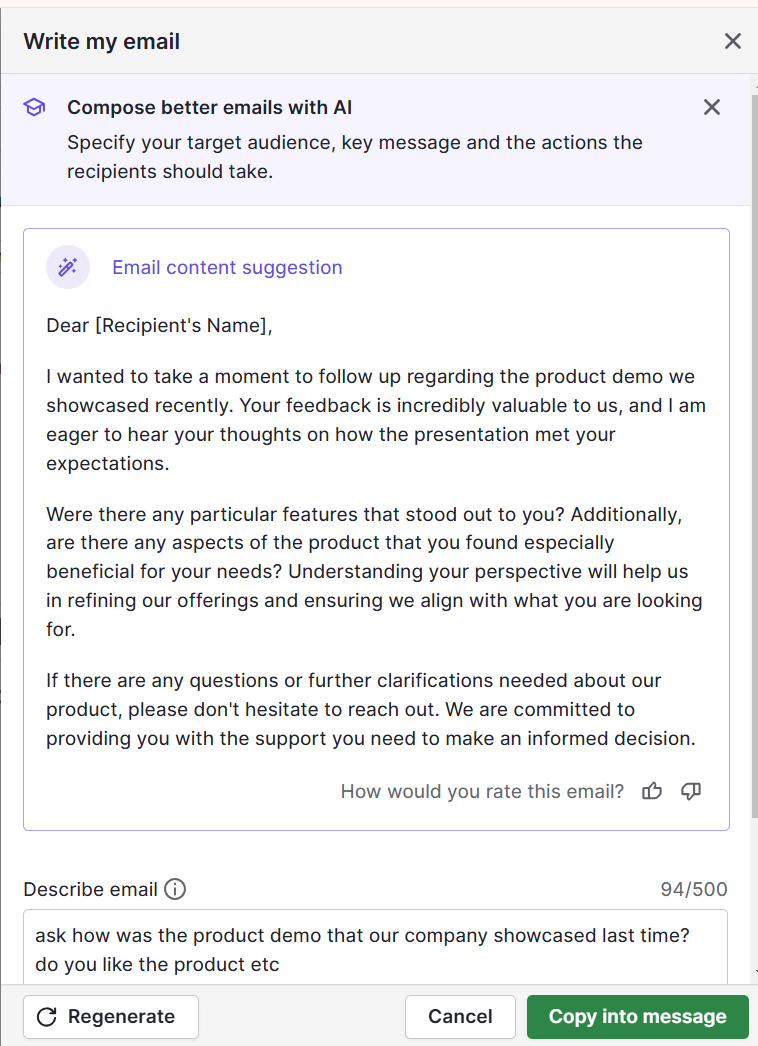
Pipedrive’s SmartApps is another example of AI-powered personalization. It suggests the most relevant third-party tools integrations based on your company’s size, industry and the apps you’ve already integrated.
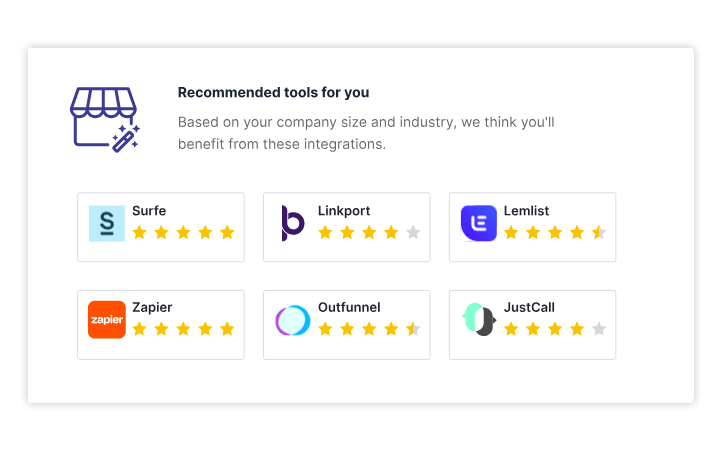
With the right tool fit, small businesses can deliver highly personalized and memorable experiences that foster loyalty and differentiate their brand.
4. Serve your customers where they are
Customers expect to connect with businesses on their terms, whenever and wherever it’s most convenient for them.
Research shows that customer satisfaction scores reach 67% when omnichannel support is seamless, compared to just 28% for disconnected multichannel support.
Implementing an omnichannel customer support strategy means providing support on every channel your customers use, including:
Email
Phone
Chat
Messaging apps
For example, a SaaS company might support customers via in-app live chat during business hours, email for in-depth technical support, WhatsApp for fast collaboration and curate a robust self-service portal.
A CRM is vital when delivering omnichannel support. It serves as a central hub for customer support, ensuring a consistent and high-quality experience regardless of how customers contact you.
Customers can use a CRM’s information to personalize support by referencing previous interactions. In Pipedrive, for instance, the contact timeline lets each rep see who interacted with a customer and the conversation details:

It ensures customers receive a consistent experience and don’t waste time explaining their issue every time they speak to a new rep.
By serving customers where they are through omnichannel support, small businesses can create convenient, responsive and connected experiences that drive lasting satisfaction.
5. Make it easy for customers to self-serve
Modern customers have a can-do attitude and aren’t afraid of searching for a solution to their problem.
Make the process easy by creating educational resources like:
Onboarding flows
How-to guides
Explainer videos
For example, Pipedrive has an extensive knowledge base, an academy, a blog, webinars and e-books.
Here’s what the Knowledge Base looks like:
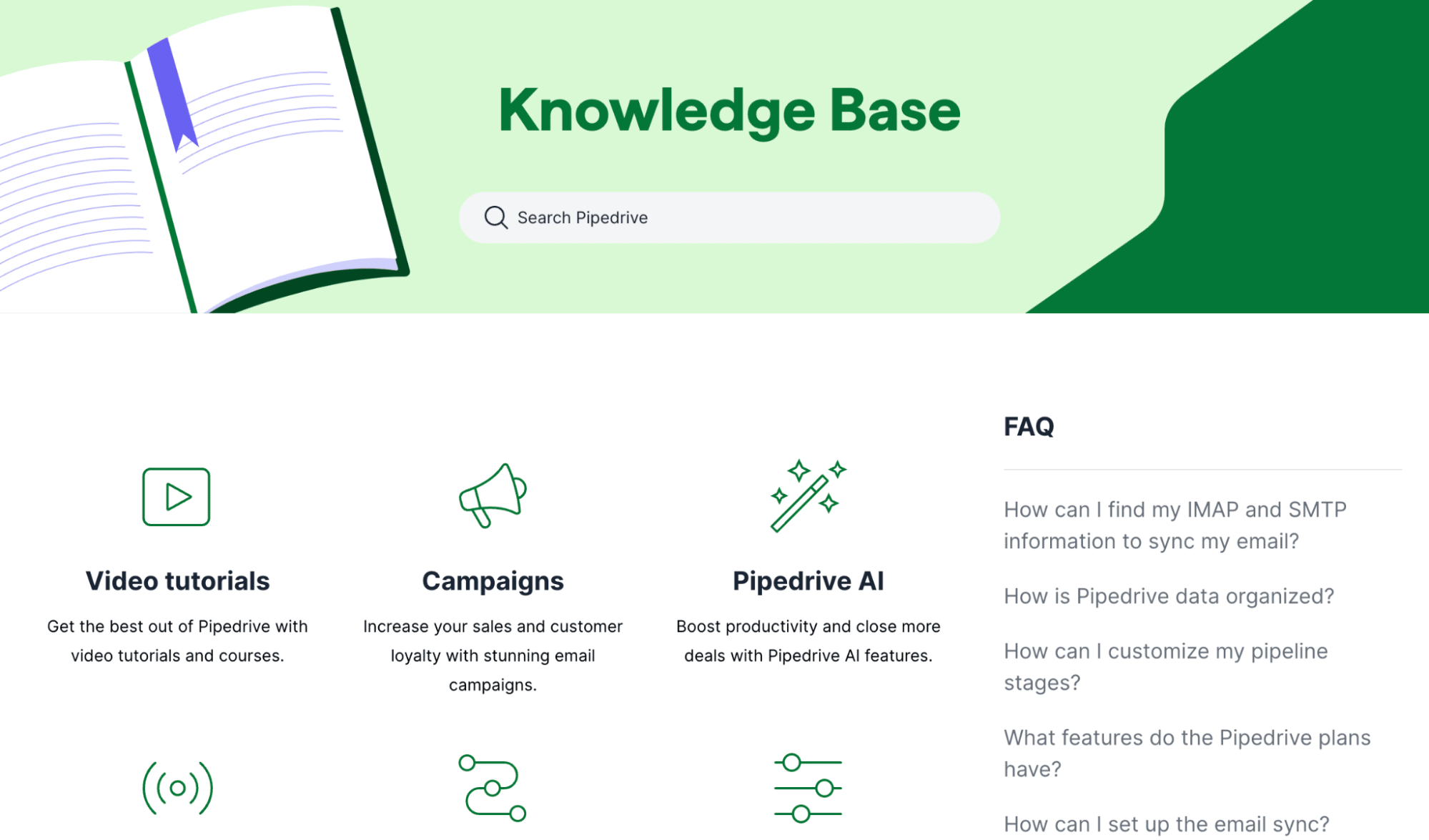
Making your self-serve content accessible is key. Pipedrive’s clearly categorized Knowledge Base lets customers quickly find relevant topics. The articles use simple language with simple step-by-step instructions, visuals and links to related information.
When creating your self-serve resources, avoid jargon so that even first-time customers with no experience of your brand can use them.
6. Create a customer loyalty program
Customer loyalty programs are a proven strategy to improve overall satisfaction by rewarding repeat purchases, encouraging brand engagement and strengthening emotional connections.
These programs are more critical than ever, with Forrester predicting a 25% decline in brand loyalty but an increase in customer loyalty program use.
Customer loyalty programs like the one below from HP work by giving customers a tangible reason to return, making them feel appreciated and collecting valuable data to personalize sales and marketing efforts.
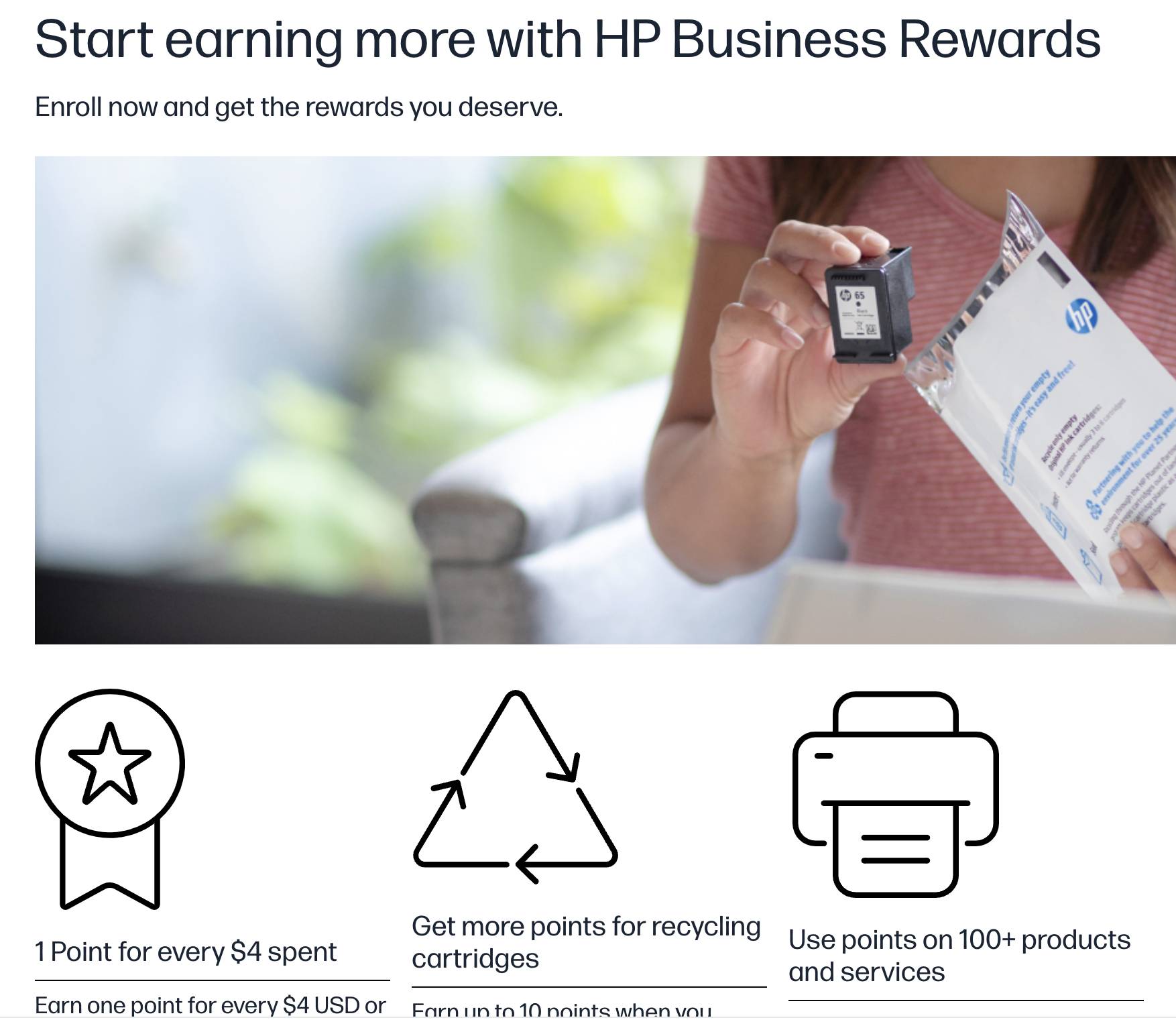
When creating your loyalty scheme, make it as attractive as possible using the following features:
Points-based rewards – let customers earn points for every purchase and redeem them for discounts, free products and exclusive perks
Tiered membership – motivate repeat purchases with programs that unlock higher-value rewards and exclusive experiences as customers spend
Referral bonuses – grow your loyalty scheme by rewarding users when they refer new customers
Community-building – create customer communities that encourage customer-to-customer interaction and brand engagement.
Mission-driven incentives – reward customers for participating in sustainability initiatives like HP, or let them donate points to good causes
An effective loyalty program means small businesses can increase brand advocacy and customer satisfaction while maximizing limited marketing budgets.
7. Take suggestions from customers
Collecting customer feedback is vital to understanding your customers’ needs, determining pain points and improving your product and service management.
It’s even better if you use feedback to upgrade your offering. Respondents love it when they feel heard and products evolve with their needs.
Offering multi-channel customer support will make it easy for customers to complain. Make it even easier by asking for feedback through the following methods:
CSAT surveys
Automated feedback request emails from sales and support teams
One-on-one interviews and focus groups
Feedback widgets and forms on your website
Keep track of customer feedback in your CRM or dedicated customer support tool. Pipedrive customers, for example, could create a custom pipeline like the one below:
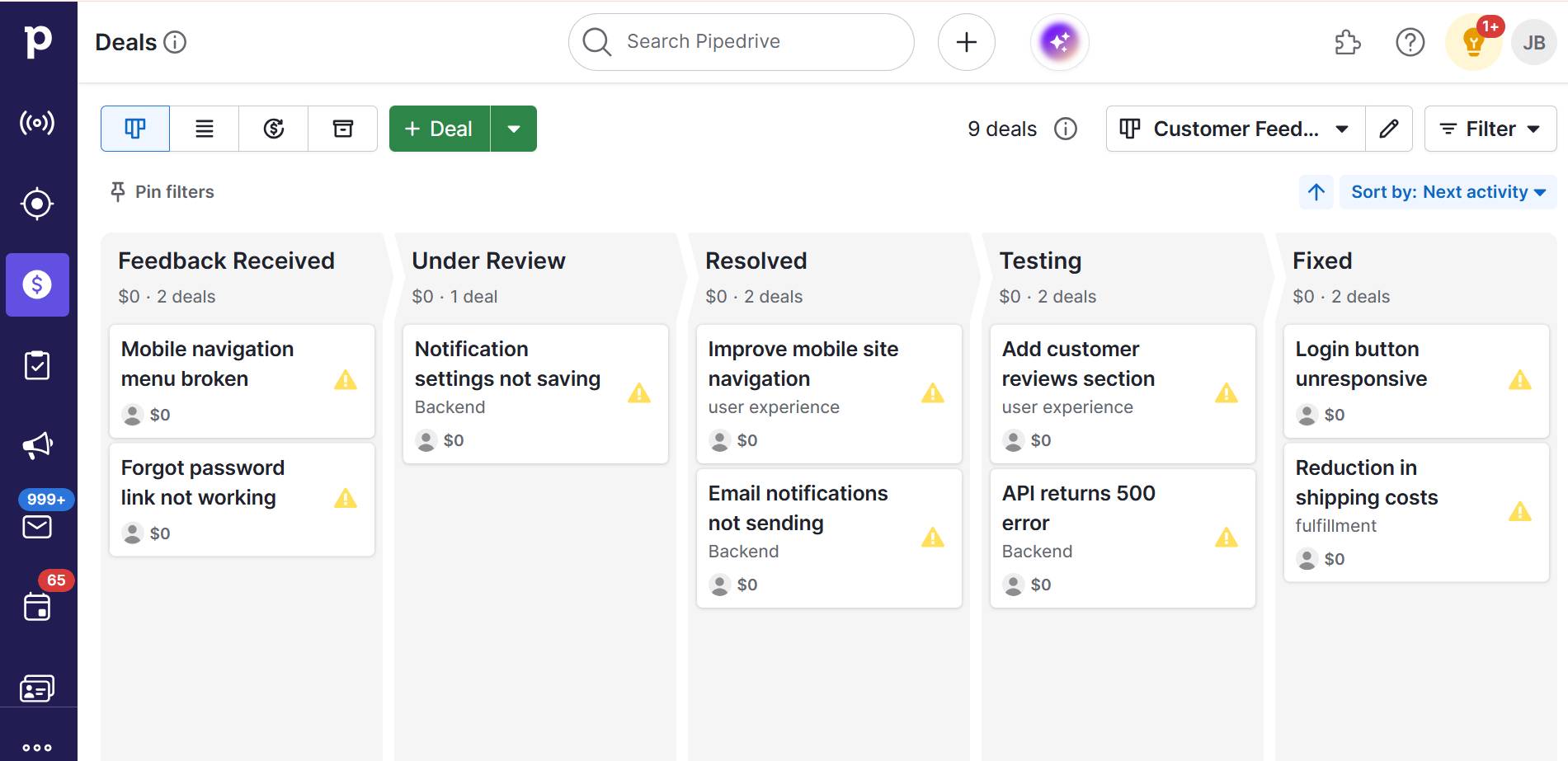
Tracking feedback in this way makes monitoring complaints and prioritizing issues easier, according to frequency or customer impact.
Once you make product or service improvements, make sure customers know about them using the following methods:
Send regular product update email announcements that let customers know what you’ve improved and how
Keep a development blog that covers new functions in detail
Send in-app notifications that alert users to new updates
Create automated product guides that teach customers how to start using a new feature
Here’s an example of a product update email from project management software provider ClickUp:
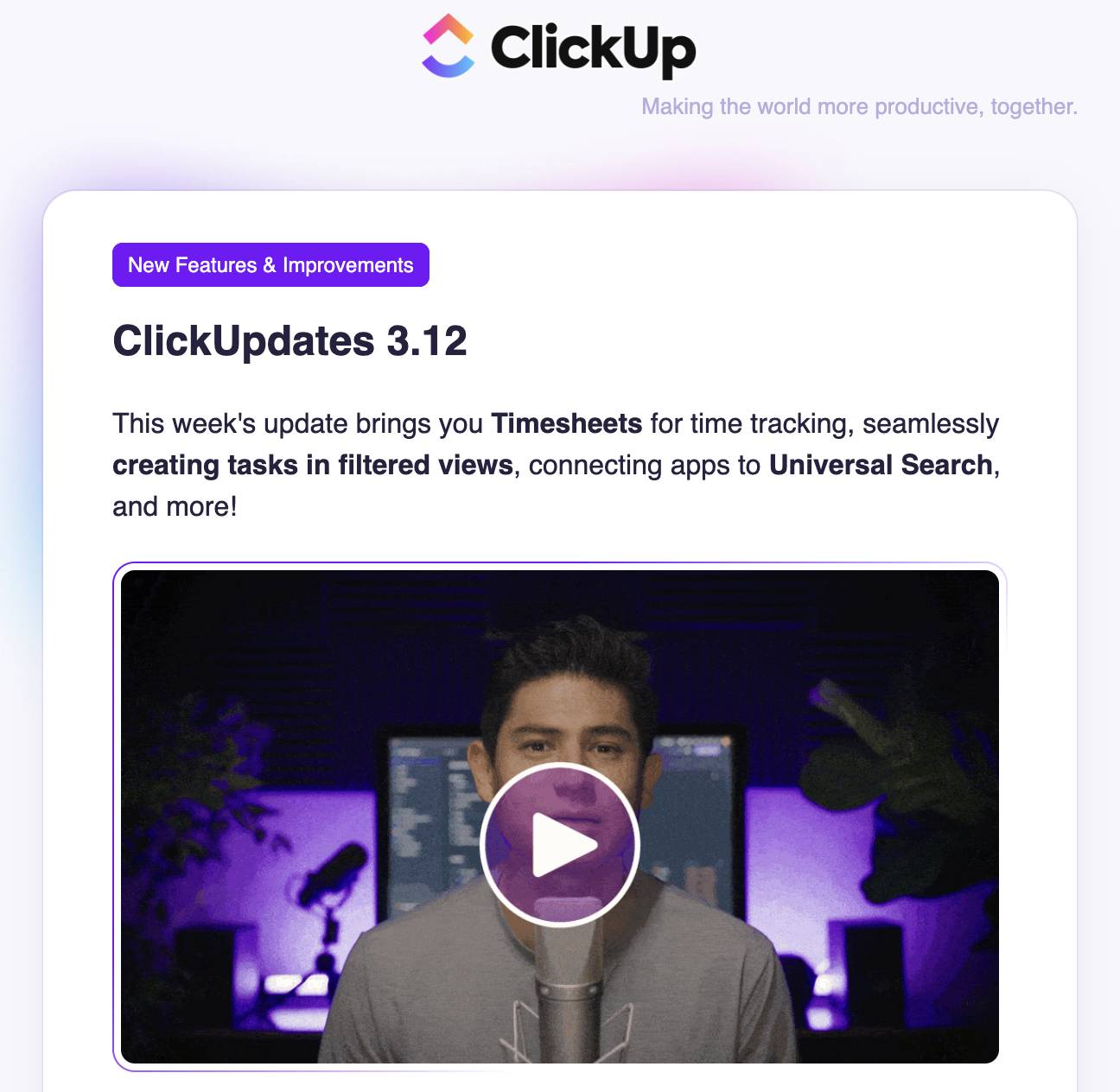
The company sends regular emails to customers showing how it’s improved the product. These emails improve the level of satisfaction by keeping customers informed and demonstrating continuous improvement.
5 essential customer satisfaction tools
The right technology tool can boost customer satisfaction levels by streamlining customer interactions, automating positive experiences and gathering actionable feedback.
Here are the five essential SMB categories of customer satisfaction tools every business owner should use:
1. A CRM
A CRM system centralizes customer information and interactions into one platform, allowing you to deliver personalized and relevant experiences at every touchpoint.
Alerts and automation features enable sales and support teams to stay on top of sales activities, track account health and monitor customer success.
AI functionality further drives your relationship-building forward with efficient features. For instance, the AI-powered Sales Assistant by Pipedrive delivers smart suggestions about what sales-driven action to take next:

AI also lets you personalize messages and accelerate customer service responses to exceed client expectations and improve satisfaction.
For example, reps can use Pipedrive’s AI summarizer and email writer to assess customer sentiment and intent for quick, tailored responses.
Here’s what a summarized email thread looks like in Pipedrive:
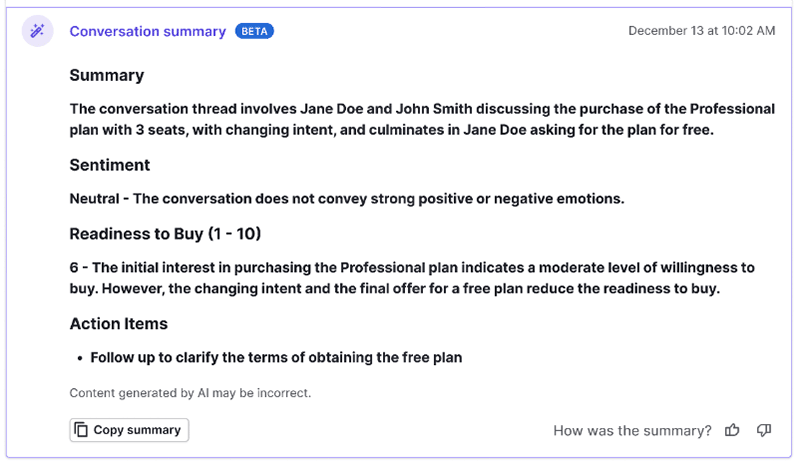
These tools are a cost-effective way to deliver exceptional customer experiences. You don’t need huge sales teams to improve the customer journey when using an AI-powered CRM with automated workflows.
2. Helpdesks
Helpdesk software and ticket systems let small businesses efficiently manage and resolve requests across multiple channels.
It acts as the backbone of your customer support operation:
Centralizing customer inquiries from email, chat, phone, social channels and web forms into a centralized database so nothing slips through the cracks
Automating ticket assignment and prioritization, so customers get answers quickly
Giving agents context and history so they can personalize interactions
Facilitating cross-team collaboration using internal notes and real-time updates
Reporting on customer support performance and uncovering customer satisfaction trends
Many helpdesk platforms use AI and automated workflows to let teams deliver support even faster.
For example, BoldDesk streamlines repetitive tasks by automatically assigning, prioritizing or escalating tickets based on custom triggers. Customer success teams can use generative AI to summarize conversations and automate responses.
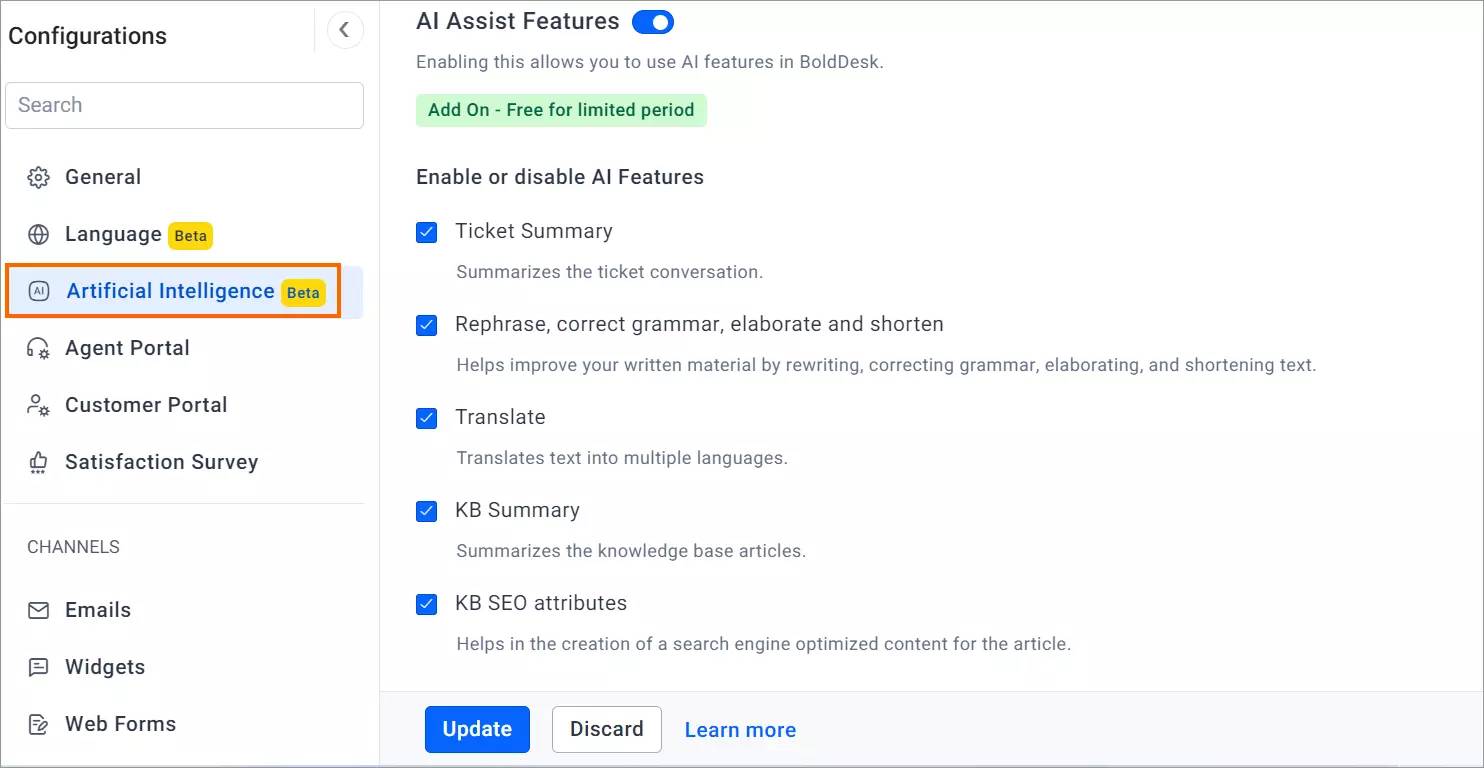
Integrating helpdesk software into your CRM can make it even more powerful. Platforms like BoldDesk, Herodesk and Re:amaze connect to Pipedrive, letting your teams access complete customer profiles when administering support.
3. Chatbots, live chat and web forms
Chatbots, live chat, web forms and other customer communication tools enable easy and fast communication between you and your customers.
These tools improve customer satisfaction by offering immediate assistance, reducing friction and facilitating personalized conversations. Your customer base gets a quick way to ask questions or find support without waiting on hold.
You can access all of these tools through Pipedrive’s LeadBooster add-on.
The chatbot helps website visitors as soon as they land on your site. You can program it to answer common questions, point users toward helpful resources, book meetings or collect information for a support ticket.
If human support is necessary, the Live Chat feature hands the conversation over to a customer service rep.
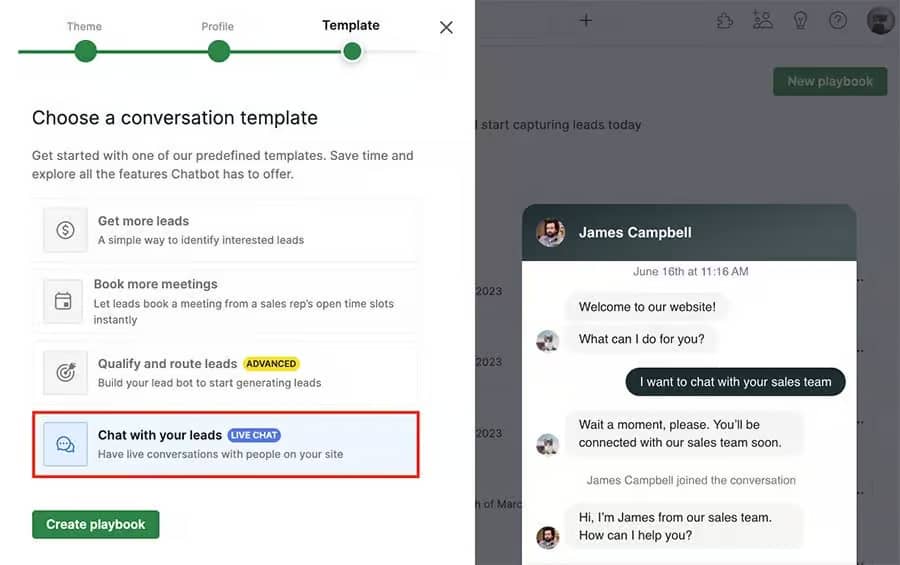
Add LeadBooster to any Pipedrive CRM plan for $32.50 per company per month when billed annually. It’s included with Premium and Ultimate plans.
4. Social listening tools
Social listening tools monitor conversations, mentions and sentiment across social media platforms to capture unfiltered customer feedback.
Clients won’t immediately flag every issue to your support or sales teams, so social listening tools are a great way to quickly find and fix problems without relying on them.
For example, Mention notifies you immediately whenever the conversation about your company changes dramatically. Here’s what it looks like:
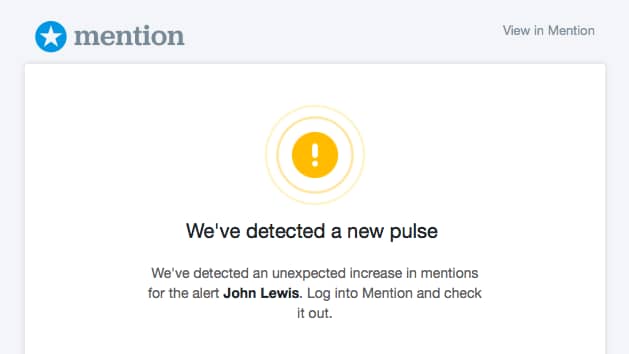
Other social listening tools are available, including Hootsuite and Brand24.
Look for the following features when choosing a solution:
Omnichannel coverage. Pick a tool that covers every channel your customers use. Bonus points if it can cover forums and aggregation sites like Reddit.
AI-driven insights. Look for features like AI-powered sentiment analysis and trend detection to accurately understand the context of customer conversations.
Competitive benchmarking. Compare your brand’s performance against competitors to add context to satisfaction levels and find ways to improve.
Reporting and dashboards. Use real-time analysis and visualization tools to make customer satisfaction reporting accessible to every employee.
Social listening software helps SMBs offset limited marketing budgets and gain valuable insights where costly PR expertise is not an option. With early warnings and engagement opportunity alerts, brands can act fast to protect their reputation while meeting customer wants and needs.
5. Customer survey tools
Customer survey software makes it easy to design, distribute and analyze online questionnaires that measure CSAT scores and other customer satisfaction metrics.
These dedicated tools automate the process of measuring customer satisfaction, so you keep track of happiness levels while showing clients that their opinion matters.
Choose a tool that lets you send surveys on multiple channels. By meeting customers where they are, you’ll increase the feedback you collect.
With SurveySparrow, for example, you can share surveys via email, SMS and WhatsApp.
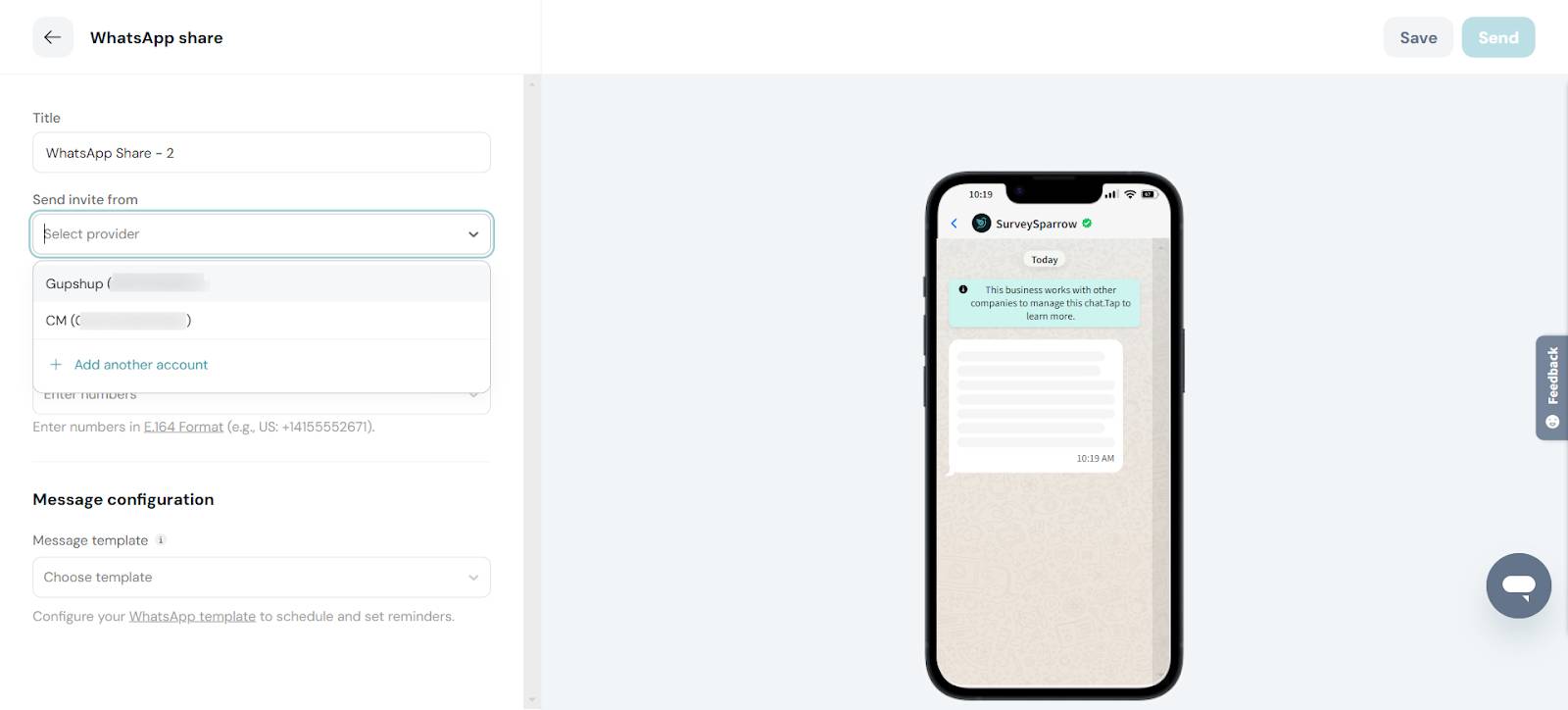
Other customer survey tools include:
SurveyMonkey
Hotjar
Zonka Feedback
Integrating survey tools with your CRM allows you to align questionnaires with pipeline stages. For example, Pipedrive links up with tools like Trustmary, Nicereply and Simplesat, letting you trigger questionnaires after specific activities like a product demo or onboarding.
Final thoughts
Improving customer satisfaction doesn’t require a massive budget or a large team. With the right strategy and tools, small businesses can deliver fast, personalized, high-quality interactions that exceed expectations.
Start enhancing your customer relationships with Pipedrive. Sign up for a 14-day free trial to see how the CRM, AI features and automated workflows can fulfill customer needs and make your business more customer-centric.
